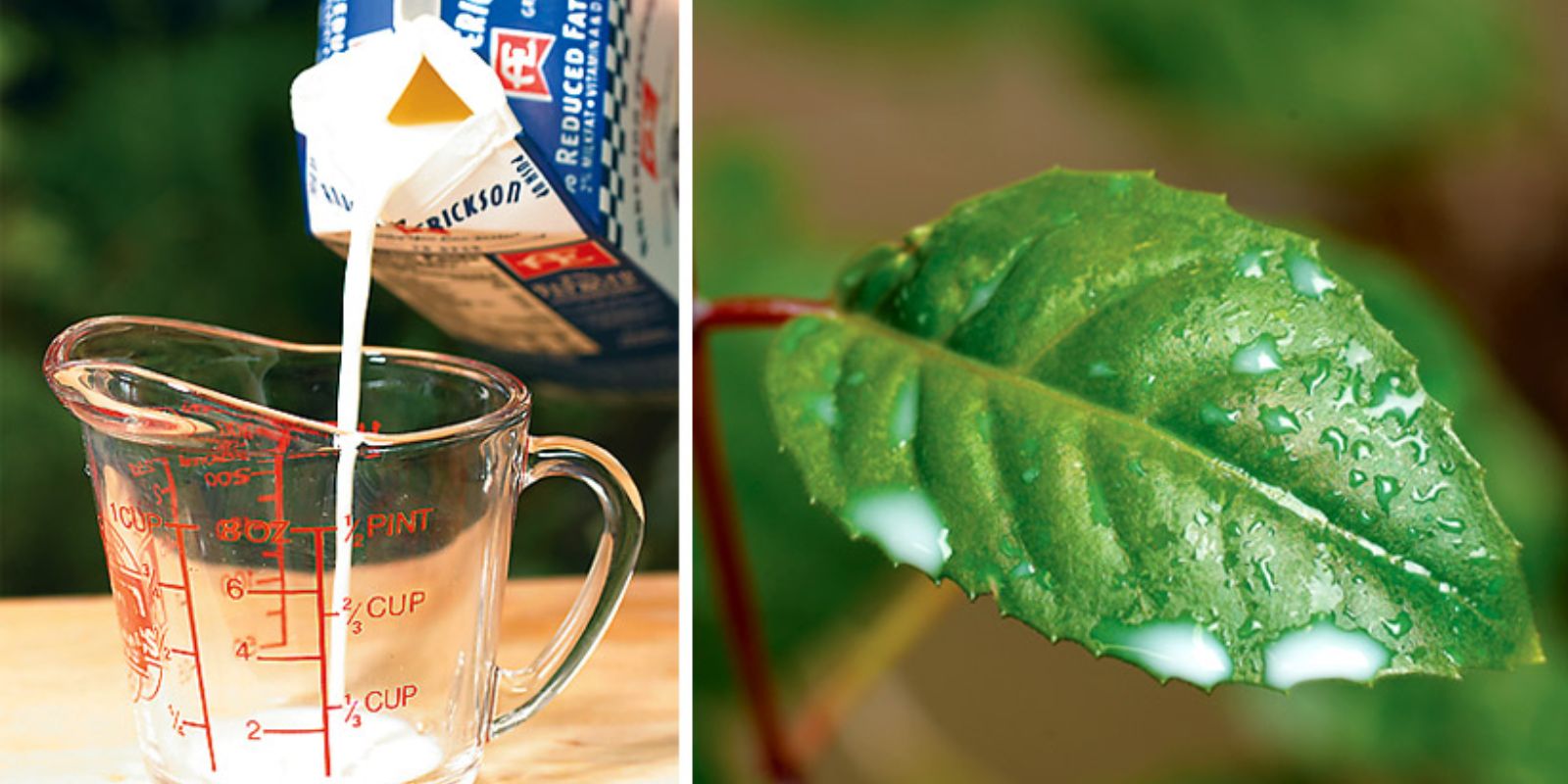Introduction
Fungal diseases are a common challenge for gardeners, capable of causing significant damage to plants and reducing their productivity. Instead of relying on chemical treatments, which can be harsh on the environment and your garden’s ecosystem, consider using natural home remedies. These remedies are not only effective but also eco-friendly and economical. In this article, we’ll explore five simple home remedies for combating fungal diseases, helping you maintain a healthy and flourishing garden.
1. Baking Soda Solution
Baking soda is a versatile household ingredient that can help manage fungal diseases in your garden. It works by altering the pH of the soil or plant surface, which inhibits fungal growth.
How to Use:
- Mix 1 tablespoon of baking soda with 1 gallon of water.
- Pour the mixture into a spray bottle.
- Spray the solution generously onto the affected plant parts, ensuring coverage on both sides of the leaves.
- Apply the solution every 7-14 days, especially after rainfall or heavy dew.
Why It Works:
The alkaline nature of baking soda creates an environment that’s unfavorable for fungal spores to thrive. Regular application helps prevent the spread and recurrence of fungal infections.
2. Apple Cider Vinegar
Apple cider vinegar (ACV) is another effective remedy against fungal diseases due to its acidity, which disrupts the growth of fungi.
How to Use:
- Combine 1 part apple cider vinegar with 2 parts water.
- Transfer the mixture to a spray bottle.
- Apply it directly to the infected plant areas, focusing on the undersides of the leaves where fungi often reside.
- Reapply every 1-2 weeks or after rain.
Why It Works:
The acetic acid in ACV creates an inhospitable environment for fungi, effectively inhibiting their growth and spread. It’s a simple and natural way to control fungal infections.
3. Garlic Spray
Garlic has natural antifungal properties that can be harnessed to treat fungal diseases. Its strong odor and compounds can deter fungi and pests alike.
How to Use:
- Blend 2-3 cloves of garlic with 1 quart of water.
- Allow the mixture to steep overnight.
- Strain the garlic pieces from the water.
- Transfer the garlic-infused water into a spray bottle.
- Spray the solution on affected plants, making sure to cover the leaves and stems.
Why It Works:
Garlic contains allicin, a compound with potent antifungal properties. This natural solution not only helps manage fungal infections but also acts as a general plant tonic.
4. Neem Oil
Neem oil is derived from the seeds of the neem tree and is a powerful natural remedy for various plant diseases, including fungal infections.
How to Use:
- Mix 2 tablespoons of neem oil with 1 gallon of water.
- Add a few drops of mild liquid soap to help the oil mix with water.
- Pour the solution into a spray bottle.
- Apply the mixture to the affected plant areas, ensuring thorough coverage.
Why It Works:
Neem oil contains azadirachtin, which disrupts the life cycle of fungi and pests. It also has antifungal and antibacterial properties, making it an excellent choice for garden care.
5. Milk Solution
Milk is a surprisingly effective remedy for fungal diseases, especially powdery mildew. The proteins and natural fats in milk help strengthen plants and prevent fungal infections.
How to Use:
- Dilute 1 part milk with 2 parts water.
- Pour the mixture into a spray bottle.
- Apply the solution to affected plants, focusing on the leaves and stems.
- Reapply every 7-10 days or after rain.
Why It Works:
Milk contains proteins like casein and lactalbumin, which help boost plant immunity and create an environment that inhibits fungal growth. It’s a gentle yet effective treatment for various fungal issues.
Additional Tips for Using Home Remedies
- Test First: Before applying any remedy widely, test it on a small area of the plant to ensure there are no adverse reactions.
- Timing Matters: Apply remedies during cooler parts of the day, such as early morning or late afternoon, to avoid sunburn and ensure better absorption.
- Consistency is Key: Regular application is crucial for effectiveness. Follow the recommended schedules for each remedy to maintain control over fungal diseases.
- Combine with Good Practices: Home remedies are most effective when combined with good garden practices. Ensure proper spacing between plants, use well-draining soil, and practice crop rotation to reduce the risk of fungal diseases.
Conclusion
Maintaining a healthy garden doesn’t have to involve harsh chemicals. By incorporating these five home remedies—baking soda, apple cider vinegar, garlic spray, neem oil, and milk solution—you can effectively manage and prevent fungal diseases in your garden. These natural treatments not only safeguard your plants but also promote a healthier, more sustainable gardening environment. Embrace these remedies, and watch your garden thrive with vitality and resilience! 🌿🌼

